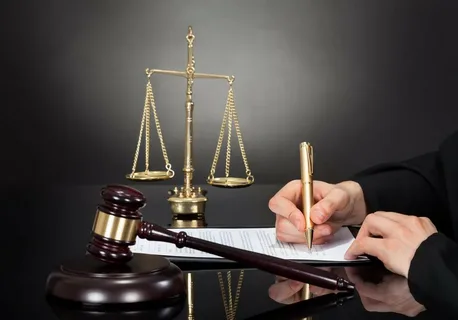Introduction:
In today’s world, where values and ethics often take a backseat, honor and reputation have become increasingly important. Guided by honor, individuals navigate through life with a strong moral compass, and embracing reputation pride becomes a way to uphold those values. This article delves into the significance of honor, explores the connection between honor and reputation, and highlights the benefits of cultivating a sense of pride in one’s reputation.
The Power of Honor:
Honor is a virtue that transcends time and culture. It encompasses principles such as integrity, honesty, and respect for oneself and others. Guided by honor, individuals consistently make choices that align with their values, even when faced with challenging situations. Honor serves as a guiding force, allowing individuals to maintain their integrity and gain the trust and respect of others.
The Link Between Honor and Reputation:
Reputation is the reflection of one’s character in the eyes of others. It is a measure of how others perceive and judge an individual based on their actions, behaviors, and values. Honor and reputation are intricately linked; one’s honor influences their actions, which in turn shape their reputation. By making honorable choices, individuals build a positive reputation, enhancing their standing in society and opening doors for opportunities and collaborations.
Cultivating Pride in Reputation:
Embracing reputation pride is not about seeking validation from others but rather taking pride in one’s own values and actions. When individuals uphold their honor and actively nurture their reputation, they establish a sense of self-respect and confidence. This pride acts as a motivator to maintain the standards they have set for themselves and to continue making honorable choices, even in the face of adversity.
Benefits of Embracing Reputation Pride:
Trust and Respect:
A strong reputation built on honor fosters trust and respect from others. It creates a positive perception of an individual’s character and intentions, leading to stronger personal and professional relationships.
Opportunities and Success:
A good reputation precedes an individual and opens doors to new opportunities and collaborations. Employers, colleagues, and clients are more likely to seek out and trust those with a strong reputation for integrity and honor.
Personal Growth:
Embracing reputation pride encourages self-reflection and continuous self-improvement. Individuals become more aware of their actions and the impact they have on others, leading to personal growth and development.
Impact on Societyp;
By embodying honor and maintaining a positive reputation, individuals contribute to a culture of integrity and ethical behavior. They inspire others to follow suit, creating a ripple effect that can lead to a more trustworthy and honorable society.
Conclusion:
In a world where values often seem fluid and integrity can be compromised, honor and reputation pride serve as beacons of light. By embracing reputation pride and guided by honor, individuals can navigate through life with integrity, earning the trust and respect of others. The benefits of cultivating a positive reputation are far-reaching, both personally and in society at large. So, let us strive to uphold our honor, take pride in our reputation, and create a world where honor and integrity are valued above all else.









